If you want to become a model, you’ve probably heard the glamour but wonder how the real journey starts. This guide breaks down everything from body standards to booking your first runway, so you can move from day‑dreaming to walking the actual catwalk.
Understanding the Fashion Industry
Before you sign any contract, it helps to know where you’ll be working. Fashion industry is a global network of designers, brands, photographers, and retailers that create and sell clothing, accessories, and related media. The industry moves in cycles - Spring/Summer and Autumn/Winter - and each season brings new casting calls, runway shows, and editorial shoots. Knowing the calendar lets you time your portfolio updates and audition prep for when demand peaks.
Setting Realistic Physical & Measurement Standards
Most high‑fashion agencies look for certain height ranges: women typically 5'9"-6'0" (175-183cm) and men 6'0"-6'2" (183-188cm). However, the market is diversifying. Measurement standards include height, bust, waist, hips, shoe size, and sometimes BMI, which help clients match models to specific apparel. If you’re below the traditional height, focus on commercial, fitness, or niche markets where diversity is valued.
Building a Strong Model Portfolio
Your portfolio is your visual résumé. Model portfolio is a curated collection of high‑quality images showcasing a model’s range, including headshots, full‑body shots, and themed editorials. Here’s how to make it stand out:
- Professional headshot: clean background, natural lighting, minimal makeup.
- Full‑body shot: full length, simple clothes (e.g., fitted tee and jeans), shows posture.
- Editorial look: a more artistic image that demonstrates your ability to convey a story.
- Commercial vibe: bright, approachable images for advertising campaigns.
- Comp card: a two‑sided card with your best pictures, stats, and contact details (more on that later).
Invest in a reputable photographer who understands lighting and can direct you. A $300‑$600 session is a worthwhile investment when it lands you a runway or brand deal.
Finding the Right Model Agency
Agencies act as the bridge between you and clients. Model agency is a company that scouts talent, trains models, and negotiates bookings on their behalf. Choose wisely:
- Research reputation - check past placements and read reviews on modeling forums.
- Look for agencies that match your niche (high fashion, commercial, plus‑size, etc.).
- Beware of “pay‑to‑sign” scams; reputable agencies earn through commissions, not upfront fees.
- Visit in person - bring your portfolio and be ready for a quick on‑the‑spot evaluation.
In London, agencies like Storm Management, Elite, and Select have strong links to international runways. Signing with a local agency first can give you runway experience before branching out globally.
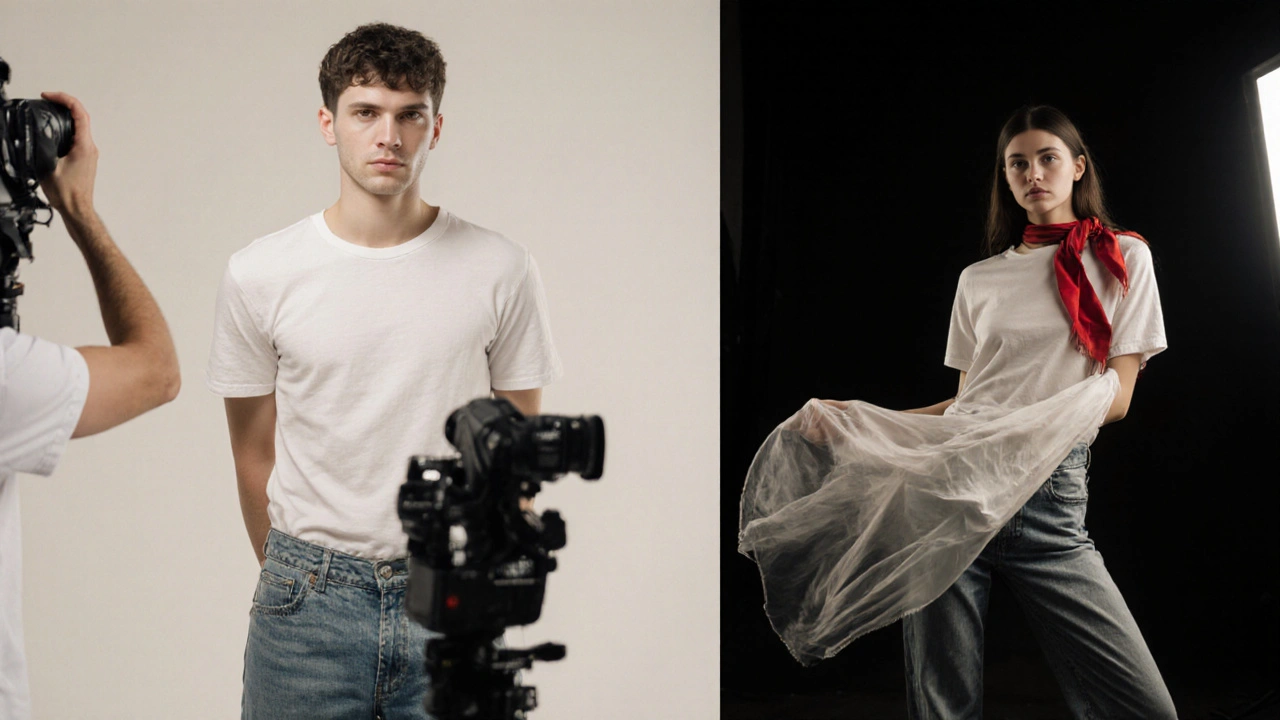
Navigating Casting Calls & Auditions
Castings are the gateways to real work. Casting call is an open invitation from designers, brands, or agencies for models to audition for a specific project. Tips to ace them:
- Read the brief carefully - know the look, clothing type, and target audience.
- Arrive early, dressed in simple attire that shows your body shape.
- Bring your comp card and a few printed portfolio images.
- Stay relaxed, follow directions, and show versatility by adjusting posture and facial expressions on the spot.
- Follow up with a thank‑you email; professionalism can win repeat invitations.
Preparing for Runway & Photoshoots
Runway modeling demands confidence and poise. Runway show is a live event where models walk a designated path to showcase a designer’s collection. Key prep steps:
- Practice your walk - long strides, shoulders down, chin slightly lifted.
- Learn the choreography and any turning points.
- Stay fit but don’t over‑train; stamina matters more than extreme leanness.
- Mind your posture - engage core muscles to avoid slouching.
Photoshoots require collaboration with photographers and stylists. Photoshoot is a planned session where models pose for images used in magazines, campaigns, or lookbooks. Remember to communicate openly about desired angles, wardrobe changes, and break times to keep energy high.
Leveraging Social Media & Comp Cards
In today’s digital age, your Instagram can be as powerful as a physical portfolio. Social media is online platforms where models showcase daily looks, behind‑the‑scenes footage, and engage with followers and industry professionals. Strategies:
- Post consistently - aim for 3-4 high‑quality images per week.
- Use relevant hashtags (#LondonModel, #RunwayReady) to increase discoverability.
- Engage with brands by tagging them and commenting on their posts.
- Keep the aesthetic cohesive - a unified color palette helps your profile look professional.
Your comp card (short for composite card) remains a must‑have for in‑person meetings. Comp card is a portable double‑sided card featuring a headshot, three full‑body images, and vital stats for quick reference by casting directors. Print on high‑gloss paper, keep it clean, and always have a fresh batch on hand.
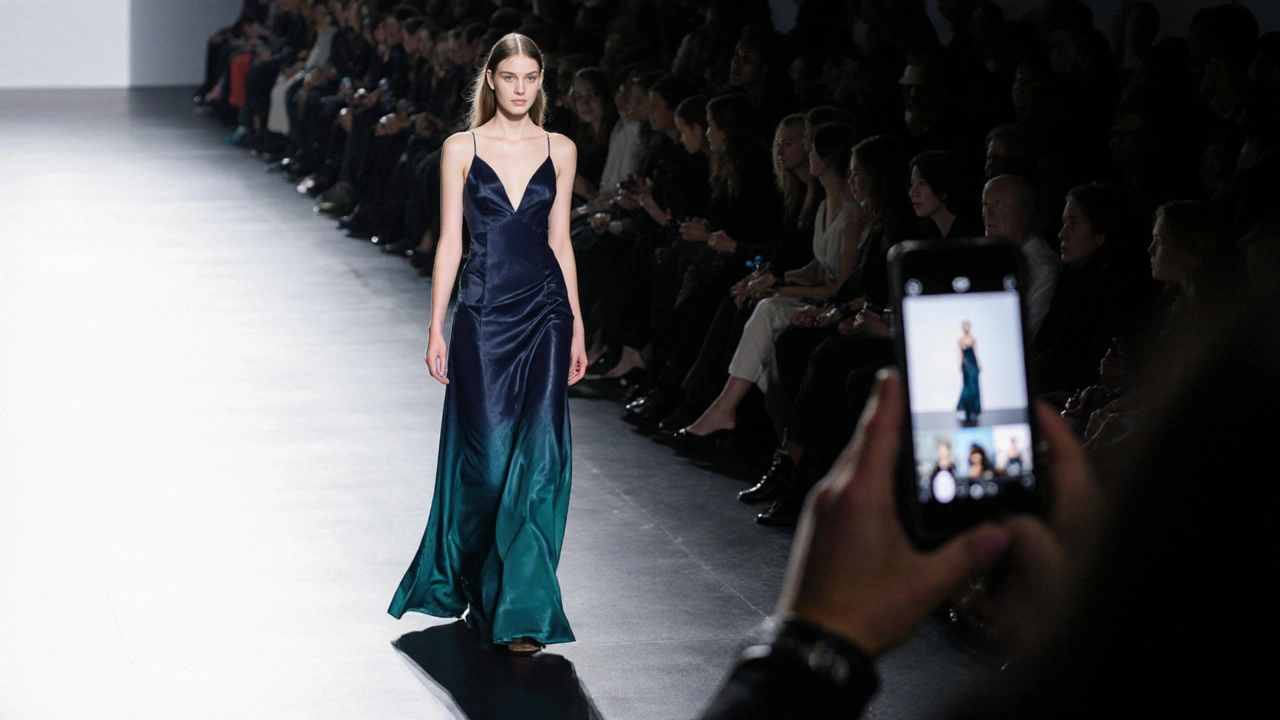
Common Pitfalls & Pro Tips
Even seasoned models stumble. Here are red flags and shortcuts to avoid:
- Scams: Agencies that demand large upfront fees or exclusive contracts without proof.
- Neglecting health: Crash diets and sleepless nights harm your appearance and stamina.
- Inconsistent branding: Switching between wildly different looks can confuse clients; develop a recognizable style.
- Ignoring contracts: Always read fine print - understand commission rates, usage rights, and termination clauses.
Pro tip: Keep a simple spreadsheet tracking auditions, contacts, and outcomes. Over time it becomes a personal CRM that helps you follow up and see patterns in what works best for you.
Comparison of Modeling Types
| Category | Typical Height | Age Range | Main Clients | Key Requirements |
|---|---|---|---|---|
| High Fashion | 5'9"-6'0" (women) / 6'0"-6'2" (men) | 16-25 | Luxury brands, runway shows | Unique look, runway walk, strict measurements |
| Commercial | 5'5"-5'9" | 18-35 | Retail ads, lifestyle brands | Approachable face, relatable vibe |
| Plus‑Size | 5'7"-5'11" | 18-40 | Apparel chains, inclusive campaigns | Confidence, curves, market demand |
| Fitness | 5'8"-6'1" | 18-30 | Sportswear, health products | Athletic build, stamina, active lifestyle |
| Editorial | Varies widely | 16-30 | Magazines, avant‑garde shoots | Strong storytelling ability, artistic expression |
Key Takeaways
- Know the industry calendar and align your portfolio updates accordingly.
- Measure yourself against realistic standards, but focus on niches that match your strengths.
- Invest in professional photos and a polished comp card - they’re your first impression.
- Select reputable agencies, attend legitimate castings, and always read contracts.
- Use social media wisely; a curated feed can attract bookings alongside traditional representation.
Frequently Asked Questions
Do I need agency representation to start modeling?
No, you can begin with freelance work and a strong portfolio. However, an agency provides access to larger clients, negotiates contracts, and offers guidance that speeds up career growth.
What height is absolutely required?
High‑fashion runways favor 5'9"-6'0" for women, but commercial, fitness, and plus‑size markets are far more flexible. Focus on the niche that fits your body type.
How much should I expect to earn per runway show?
In London, emerging models earn £500-£1,200 per show, while established faces can command £3,000-£8,000. Fees vary by designer reputation and show scale.
Is Instagram really that important?
Yes. Brands often scout models via hashtags and follower counts. A well‑curated feed can lead to direct bookings, especially for commercial and influencer work.
What should I look for in a contract?
Key clauses include commission rate, exclusivity, usage rights (where images can appear), payment schedule, and termination terms. If unsure, consult a lawyer familiar with entertainment law.
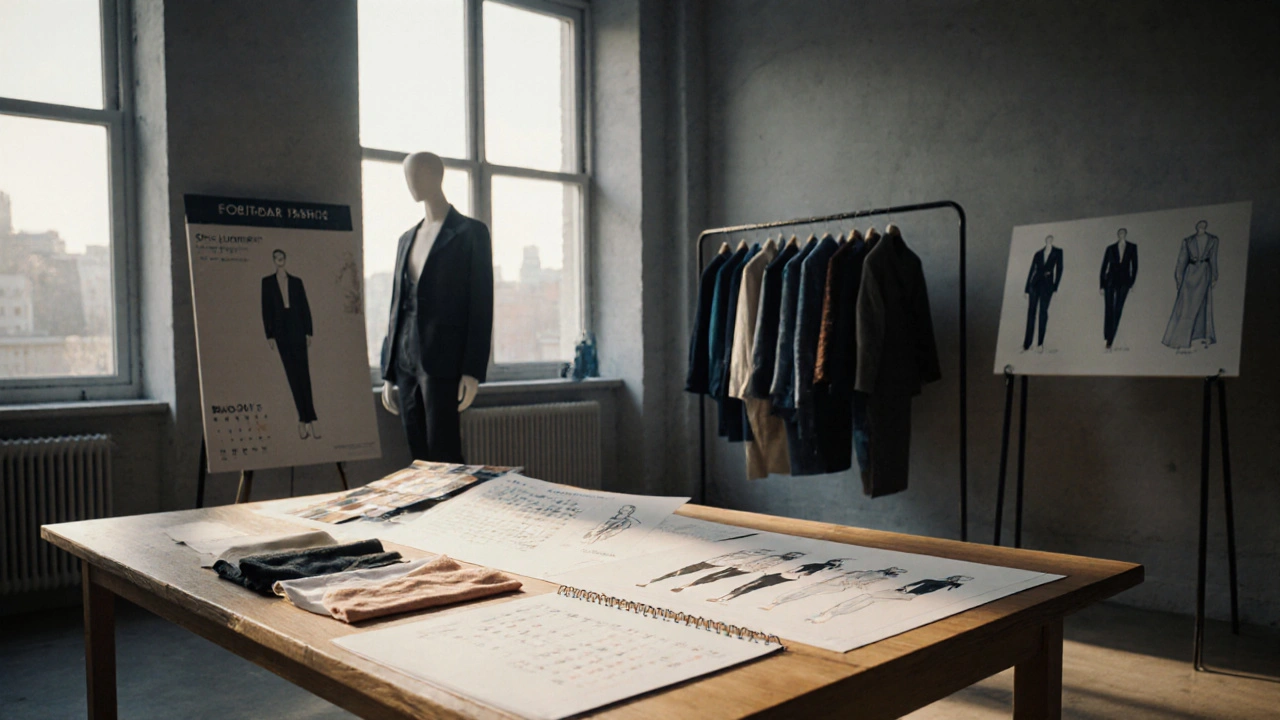

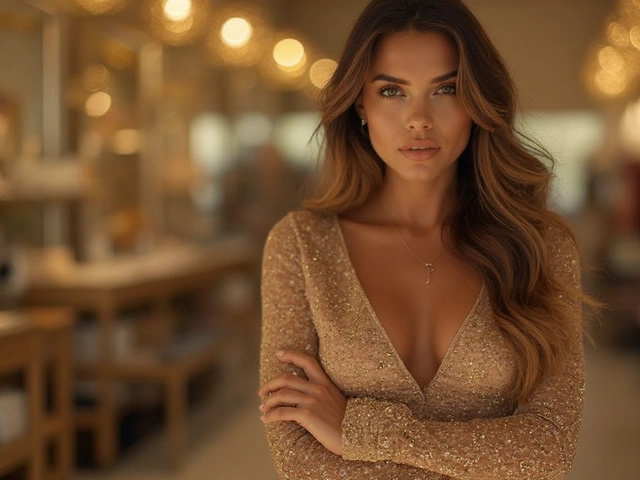

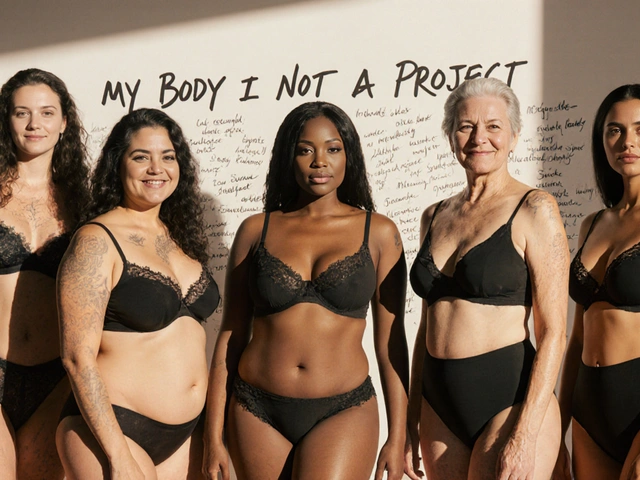

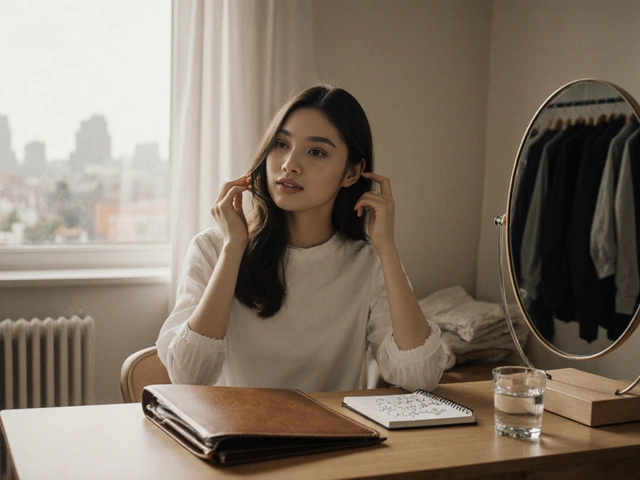


October 13, 2025 AT 00:41
Debbie Nehikhuere
You've got the right mindset already-seeing the guide as a roadmap is half the battle.
Focus on building a clean portfolio first; agencies love a simple headshot and a clear full‑body shot.
Stay consistent with your social feed, but don't let the numbers stress you out.
Remember, health comes before any runway; balanced meals and sleep are non‑negotiable.
If you ever feel stuck, jot down a weekly goal and review it; progress is the best motivator.
October 14, 2025 AT 12:47
Michael Soaries
Start with a solid comp card it shows your stats instantly
Show up early to castings and wear something basic that lets them see your shape
Bring a printed portfolio and a friendly smile it goes a long way
Follow up with a quick thank you text keeps you on their radar
Keep practicing your walk even in the hallway you never know when you'll need it
October 16, 2025 AT 00:54
Sean Fimio
Yo dude!!! This guide is lit!!! 👍👍
But watch out for those “pay‑to‑sign” scams- they’re everywhere!!!
Invest in a good photograper, you’ll thank yourself later!!!
Also, your Insta should be clean, like no random selfies at the gym!!!
Don’t forget to practice the catwalk in front of a mirror… it helps!!
October 17, 2025 AT 13:01
Dr. Atul James Singh
From an industry standpoint, the symbiotic nexus between talent acquisition and brand equity optimization mandates a rigorous KPI framework for aspirants.
Quantitative metrics such as conversion ratio from casting call to contract execution are pivotal.
Neglecting contractual due diligence propagates systemic risk exposure for both model and agency.
Adherence to standardized measurement protocols, including BMI thresholds and anthropometric profiling, ensures market alignment.
Strategic leveraging of digital portfolios integrates seamlessly with omnichannel marketing pipelines.
October 19, 2025 AT 01:07
peter may
One must, prima facie, acknowledge that the very edifice of haute couture is predicated upon an immutable aesthetic canon, which, whilst ostensibly exclusionary, paradoxically engenders a fertile ground for avant‑garde reinterpretation.
Thus, the aspiring model, in pursuit of artistic verisimilitude, should cultivate not merely a visage, but an epistemological resonance with the sartorial narrative;
otherwise, one risks relegation to the periphery of the fashionian zeitgeist.
Moreover, the proliferation of social media algorithms necessitates a calculated deployment of hashtags, thereby augmenting discoverability within the curatorial matrix.
In summation, the synthesis of disciplined praxis and digital stratagem constitutes the quintessential pathway to ascendancy.
October 20, 2025 AT 13:14
Tobia Ciottone
It\'s astonishing how the so‑called "open doors" of modeling are really guarded by an elite cabal that thrives on secrecy.
From the moment you upload your first runway selfie, algorithms are siphoning your data, feeding it to hidden scouts who trade your looks for undisclosed contracts.
These agencies often partner with shadowy investors who skim a percentage before you even sign a paper.
Every casting call you attend is a test, not just of your poise, but of your willingness to conform to a hidden agenda.
They whisper that the industry is diversifying, yet the same gatekeepers filter out anyone who doesn\'t fit their cryptic standards.
When you see a "pay‑to‑sign" email, know it\'s a ploy orchestrated by a network of financiers looking to launder money through bogus commissions.
The comp card you hand over is more than a résumé; it\'s a biometric ledger that tracks your movements across continents.
Social media, touted as a democratizing force, is in fact a surveillance tool feeding your engagement metrics back into the same oligarchy.
You might think that a clean Instagram will get you gigs, but algorithms prioritize accounts that have been seeded with fake followers by a rival syndicate.
Even the nutrition advice you read online is sometimes engineered by brand subsidiaries to keep models in a perpetual state of consumption.
Don\'t be fooled by glossy magazine spreads; they\'re often funded by the same conglomerates that own the runway venues.
Indeed, the runway itself is a symbolic theatre where the illusion of freedom masks the commodification of bodies.
Many seasoned models have vanished after refusing to sign exclusive contracts, suggesting that dissent is not tolerated.
Remember, every contract clause about "exclusivity" is a lever the powers that be use to bind you to a singular narrative.
Thus, the only true path to autonomy is to cultivate an independent portfolio, retain legal counsel, and interrogate every offer with relentless skepticism.
In the end, the fashion industry may appear glamorous, but beneath the sequins lies a labyrinth of control that only the vigilant can navigate.
October 22, 2025 AT 01:21
Jeff Herman
Hey there! 😄 I totally get the overwhelm-you’ve got the guide, now you just need a game plan.
Start by picking three agencies that vibe with your style and shoot them a concise email with your best shots.
Keep your Instagram aesthetic cohesive; think of it like a visual resume that tells a story.
Don’t forget to schedule regular practice walks, even if it’s just down your hallway; muscle memory is key.
And if anything feels off, trust your gut and reach out to a mentor-there’s always someone willing to help. 🌟
October 23, 2025 AT 13:27
William Lapes
These modeling guides are full of fluff-just get a good headshot, send it to an agency, and stop overthinking it.
October 25, 2025 AT 01:34
Gerry Hodgins
Note: “Portfolio” is a singular noun; it should be “a portfolio,” not “portfolios” when referring to one collection.
Also, “agents” is plural; use “an agent” if you mean a single representative.
Consistent punctuation improves readability; avoid excessive exclamation marks.
October 26, 2025 AT 12:41
Mindy Robinson
Keep pushing forward and believe in your unique sparkle!